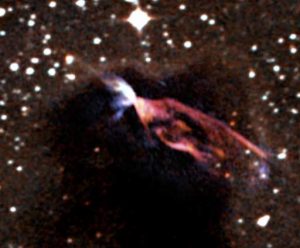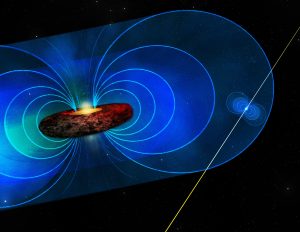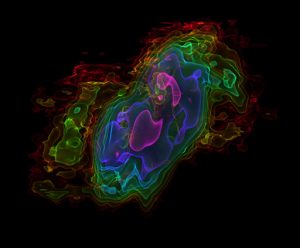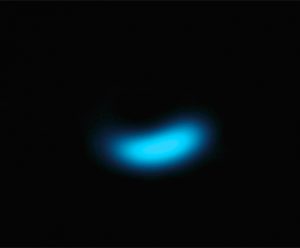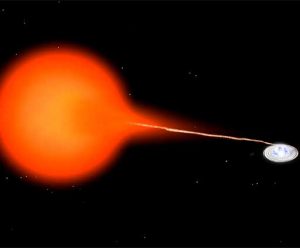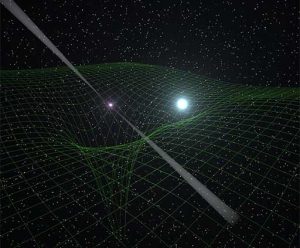While observing a newborn star, astronomers using the Atacama Large Millimeter/submillimeter Array telescope discovered twin jets of matter blasting out into space at record-breaking speed.
Newly Found Pulsar Helps Astronomers Explore Milky Way’s Mysterious Core
Astronomers have made an important measurement of the magnetic field emanating from a swirling disk of material surrounding the black hole at the center of our Milky Way Galaxy.
Starburst to Star Bust
The cosmic fireworks that characterize a starburst galaxy can abruptly fizzle out after only a relatively brief period of star formation, and astronomers want to know why.
‘Dust Trap’ around Distant Star
Based on a treasure trove of recent discoveries, astronomers now know that planets are remarkably plentiful in our galaxy and may be common throughout the Universe.
Accurate Distance to Dwarf Nova
Sometimes astronomy is like real estate — what’s important is location, location, and location.
Einstein’s Gravity Theory Passes Toughest Test Yet
A strange stellar pair nearly 7,000 light-years from Earth has provided physicists with a unique cosmic laboratory for studying the nature of gravity.






